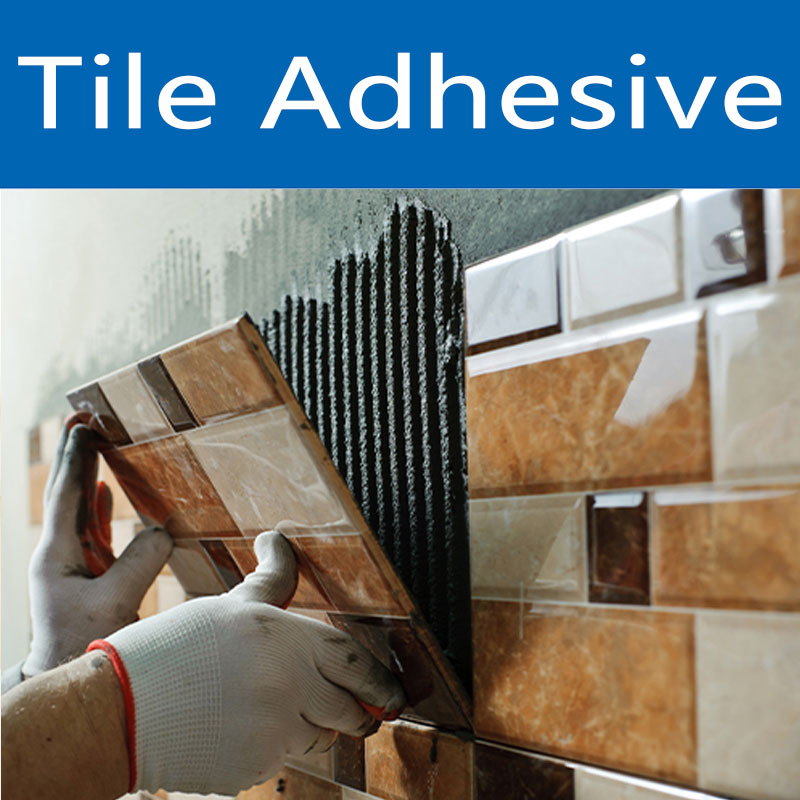Hydroxypropyl Methylcellulose (HPMC) powder is a crucial component in tile additives, offering significant improvements in adhesion, workability, and durability for tile installation. This article explores the role of HPMC cellulose ether in enhancing the performance of tile adhesives, ensuring reliable and efficient construction outcomes.
Benefits of HPMC in Tile Additives
1. Enhanced Adhesion
Explanation: HPMC improves the bonding strength between tiles and substrates by modifying the rheological properties of the adhesive. It ensures a strong and durable bond, which is essential for long-lasting tile installations.
Benefit: Provides superior adhesion, reducing the risk of tile detachment and ensuring long-term stability.
2. Improved Workability
Explanation: HPMC enhances the consistency and ease of application of tile adhesives. It provides a smooth, creamy texture that spreads evenly, facilitating easier application and better coverage.
Benefit: Reduces labor time and effort, ensuring a uniform application with fewer voids and gaps.
3. Optimal Water Retention
Explanation: HPMC improves the water retention capacity of tile adhesives, which is crucial for proper cement hydration. This results in better curing and development of adhesive properties.
Benefit: Ensures optimal curing, enhancing the mechanical strength and durability of the adhesive.
4. Extended Open Time
Explanation: HPMC extends the open time of tile adhesives, giving installers more time to adjust tiles before the adhesive sets. This flexibility is particularly beneficial in complex or large-scale tiling projects.
Benefit: Provides greater flexibility and reduces the likelihood of installation errors, leading to higher quality finishes.
5. Sag Resistance
Explanation: HPMC enhances the anti-sagging properties of tile adhesives, preventing tiles from slipping after they are placed, especially on vertical surfaces.
Benefit: Maintains the positioning of tiles on walls and other vertical applications, ensuring a neat and precise installation.
Specific Applications in Tile Installation
1. Cement-Based Tile Adhesives
Explanation: HPMC is commonly used in cement-based tile adhesives to improve overall performance, including adhesion, workability, and durability.
Benefit: Ideal for both wall and floor tile installations, providing a strong and lasting bond.
2. Flexible Tile Adhesives
Explanation: For installations requiring flexibility, such as areas subject to thermal expansion or substrate movement, HPMC enhances the adhesive’s ability to accommodate these stresses without cracking.
Benefit: Suitable for exterior applications and areas with temperature variations, ensuring durability and resilience.
3. Fast-Setting Tile Adhesives
Explanation: HPMC can be formulated into fast-setting adhesives, providing quick curing times while maintaining excellent workability and adhesion properties.
Benefit: Allows for rapid installation and reduces downtime, beneficial for projects with tight schedules.
Conclusion
Hydroxypropyl Methylcellulose (HPMC) powder is a vital additive in tile adhesives, significantly enhancing their performance by improving adhesion, workability, water retention, open time, and sag resistance. Its application in various tile adhesive formulations ensures reliable and efficient tile installations, making it an indispensable component for construction projects. By incorporating HPMC, manufacturers and installers can achieve superior, long-lasting results in tile installation projects.


